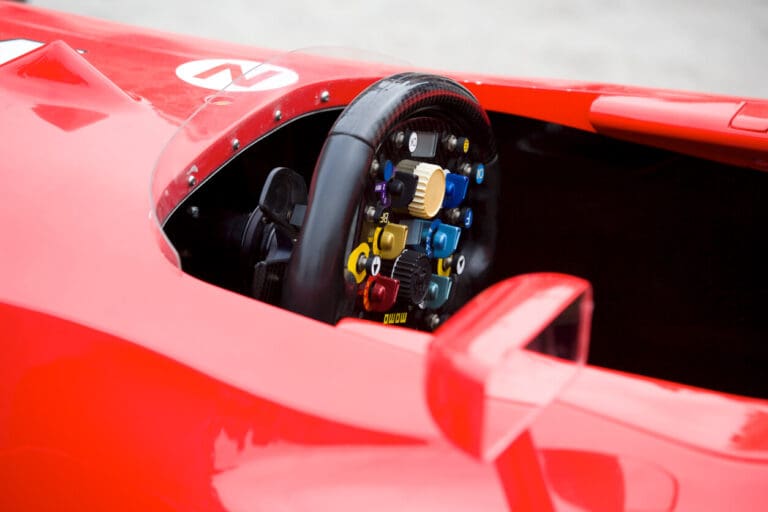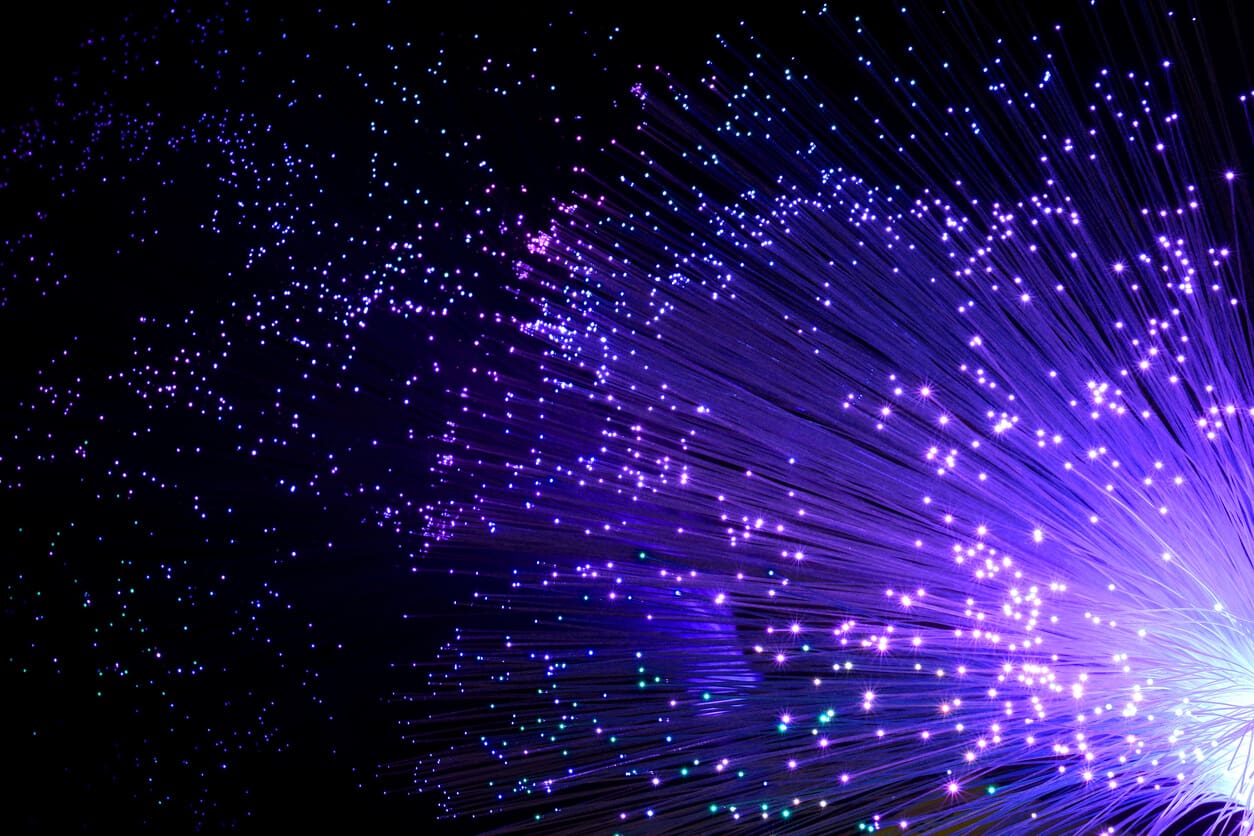
Are Motorsport Cables the Hidden Upgrade Behind Faster Lap Times?
Motorsport teams chase marginal gains in every area of the car, yet many still treat...
Read More
The demand for constant connectivity has meant that innovation has spiked in recent years. Today, the deployment of broadband-based network architectures is growing significantly – and this has created a sharp increase in the demand for fibre optic cables. But how is this kind of cable produced and why is it such a popular option?
An optical fibre is made of glass and is incredibly thin – around the same thickness as a human hair. It usually has a diameter of 125 micrometers, which is actually the diameter of the outer reflecting layer and the inner core can be much smaller. A process of total internal reflection happens within fibre optic cables, where light rays are being reflected into the fibres within the core. One of the major advantages of fibre optic cables is that this can be supported over large distances, with very little attenuation or reduction in density.
These cables are made up of a number of the hair-thin strands of optical fibre – a single cable may have just a couple of these inside or it may have hundreds. Data is carried through these cables using optical or light-based technology. The light beams that travel down these cables emerge at the other end where a photoelectric cell turns the pulses of light back into information that can be interpreted by a computer.
You’ll find them wherever there is network infrastructure. This is, increasingly, the technology that governments are choosing to invest in to embed reliable network infrastructure across a country, for example. So, the telecoms industry is one of the main applications for fibre optic cables. This is especially so because the increased demand being placed on the industry to be able to support emails, downloads, live video streaming, voice, messaging etc can only really be met with fibre optic cables.
One of the main benefits of choosing fibre optic cables is that they offer higher bandwidth and better reach. Old copper telecom cables have been the norm for some time but have some serious limitations in terms of supporting the ultra connected world in which we live today. The better alternative is fibre optic cables. Copper wires tend to have much less reach than fibre optic cables, which lose just 3% of the signal over 100 metres of distance – compared to 94% for copper cables. Copper wires also tend to be a lot more fragile, which makes them far less durable and long lasting. Security is another consideration because it’s much easier to tap copper wires – fibre optic cables don’t radiate frequency so they can’t be tapped. Plus, fibre optic cables have much lower latency and so data transmission takes a lot less time.
Fibre optic cables aren’t complicated but they are highly effective – and their advantages make them an incredibly popular choice for the networked world in which we live today. At GEM Cable we are AS9100D & BS EN ISO 9001:2015 and ISO 14001-2015 certified UK manufacturers of bespoke cable assemblies, control boxes, harnesses, wiring looms, panels, fibre optic products and total network solutions.

Motorsport teams chase marginal gains in every area of the car, yet many still treat...
Read More
The wiring harness is a high-risk single point of failure in any complex system. If...
Read More
The wiring harness is the highest risk, lowest profile element in flight-critical infrastructure. When your...
Read MoreReady to talk cables, fibre or full network solutions? Get in touch with our team today, we’re here to help.